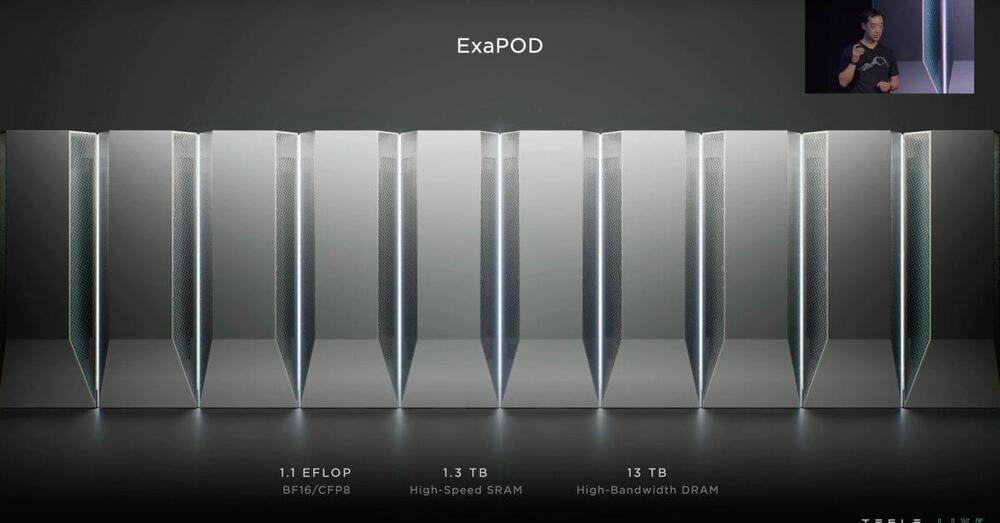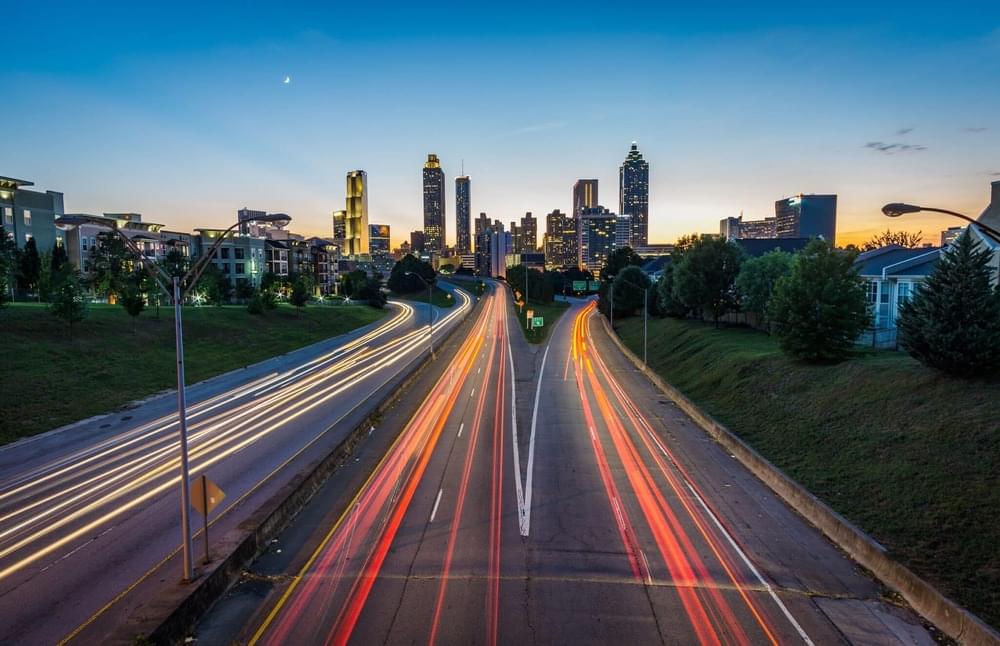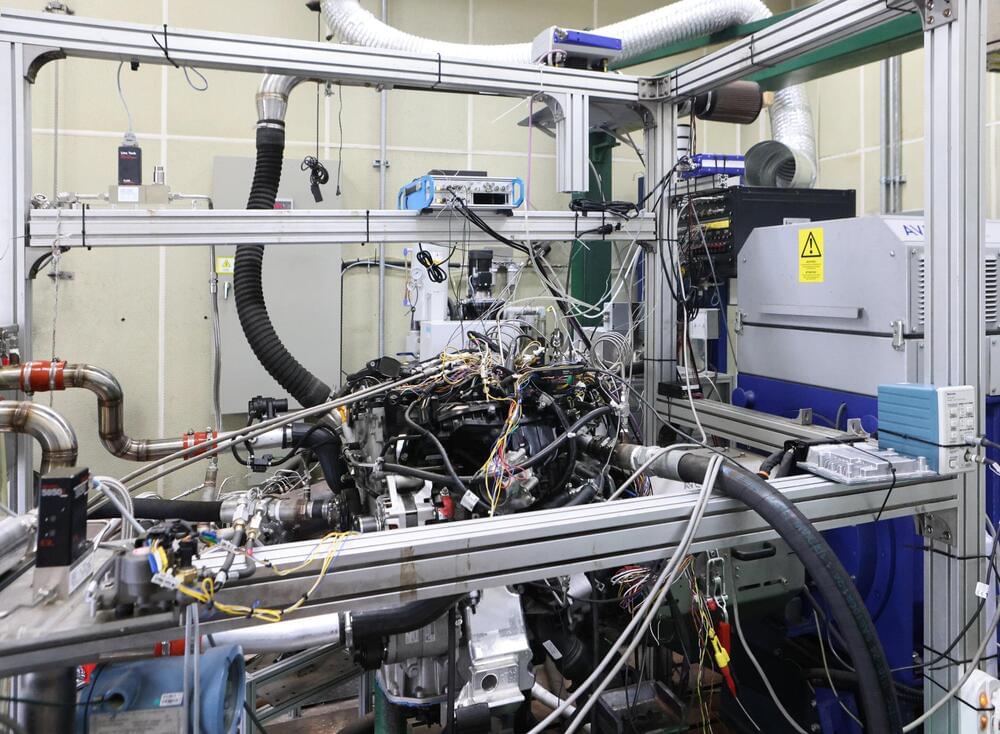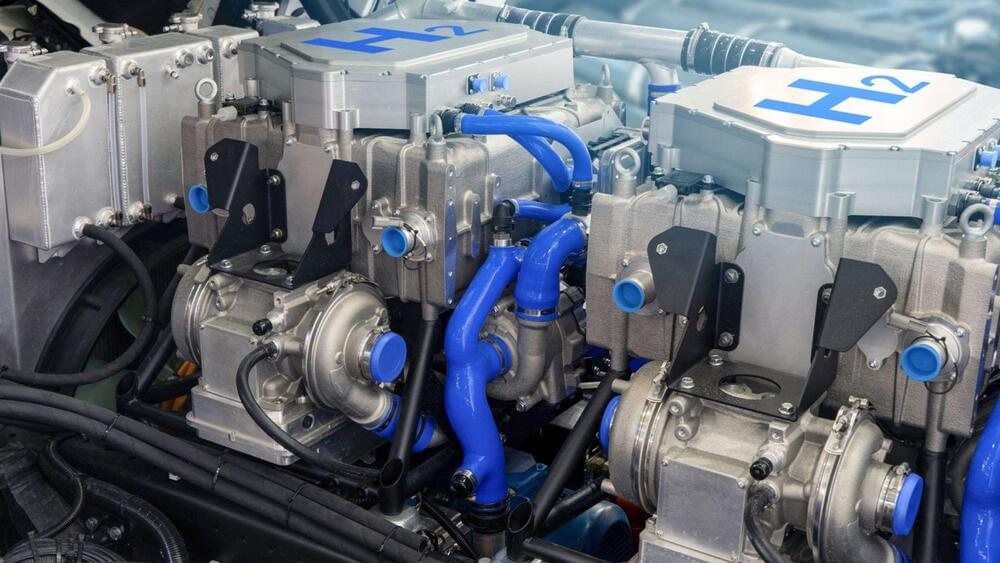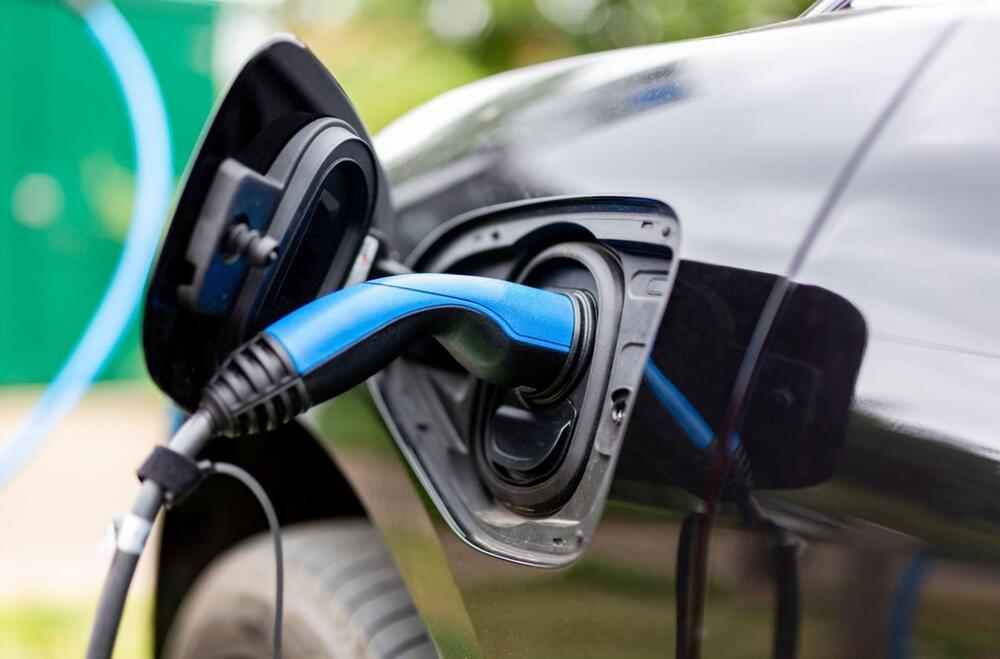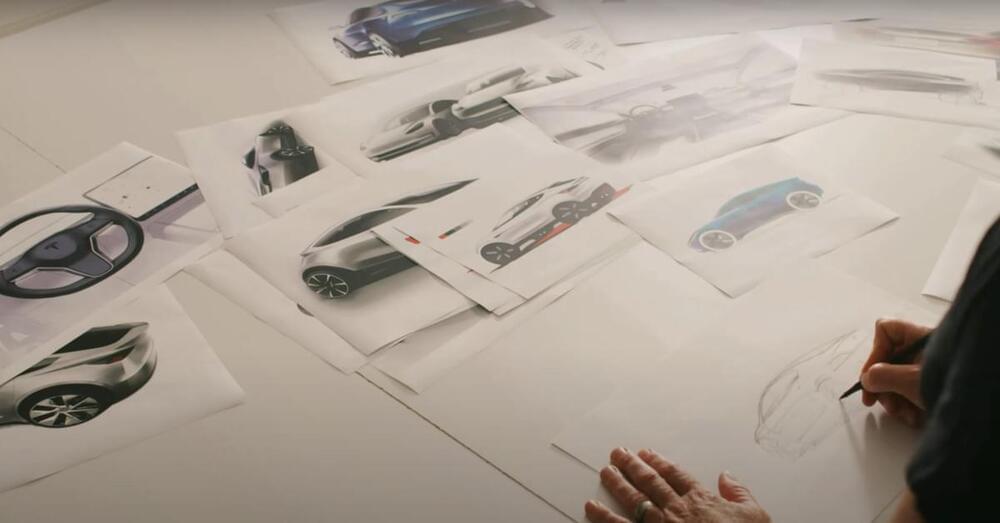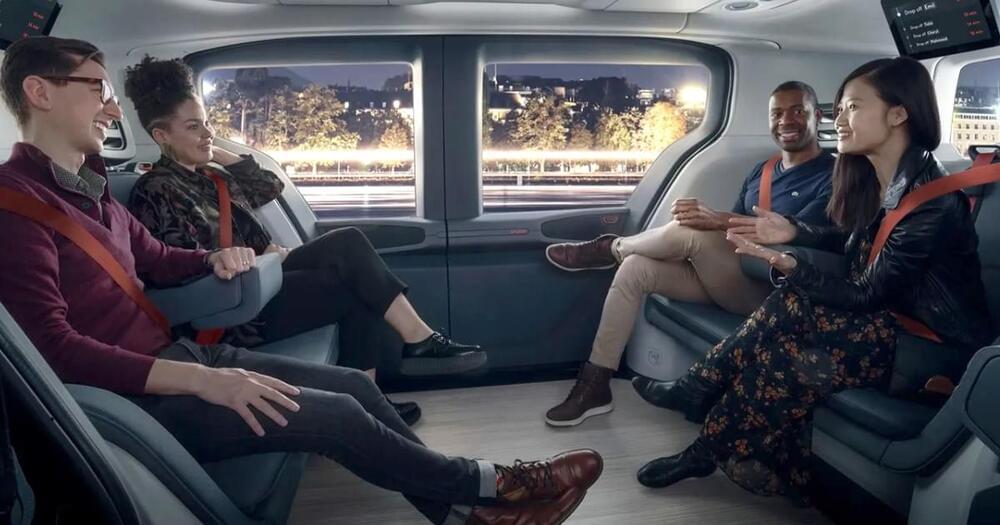If people remember how sampling changed music, watch what this guys does to make AI music. A long time ago when people said AI will replace musicians, I replied AI is just a sampler. If people use a Tupac voice on a song like this guy did, they just pay royalties. Then with samplers arists made sample disks royalty free. They make money when you buy the sample disk. The same with AI, you just upload your sample disk into your AI, whether the music AI is from Meta or Google. Yeah Meta has music AI, you can see it used here.
Welcome to a showcase of sounds sampled through the power of artificial intelligence. Gone are the days of vinyl digging; now, we embrace prompt digging…
Jump on the hype train for this channel, and help me crank out even more wicked videos like this one:
https://www.patreon.com/NobodyandTheComputer.
Contact me:
[email protected].
Colab Notebook META AudioGen & MusicGEN:
